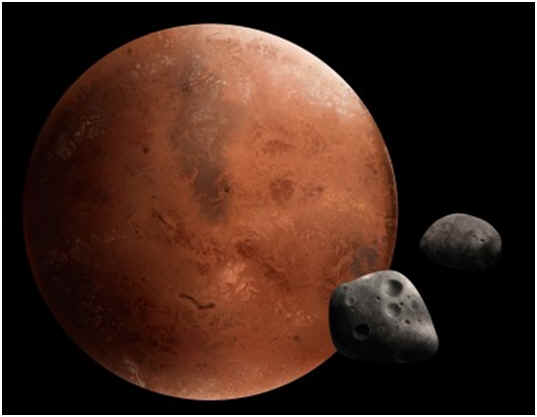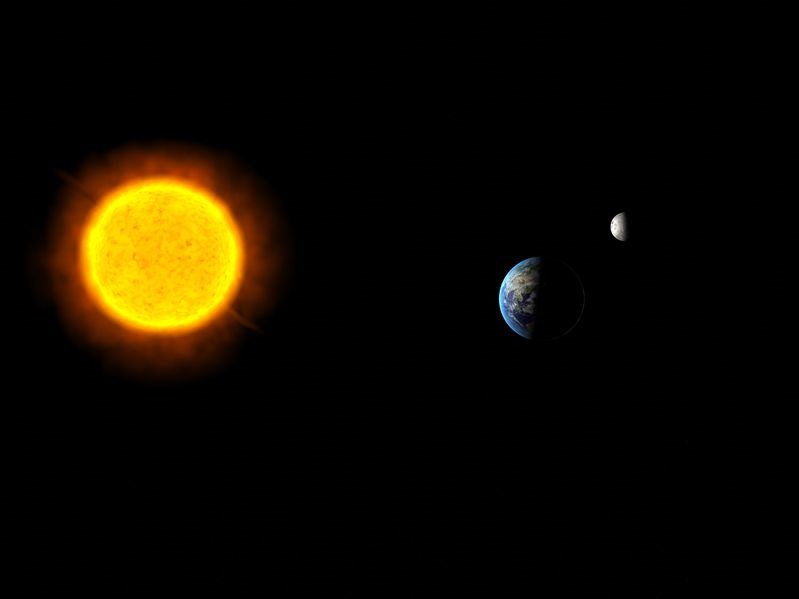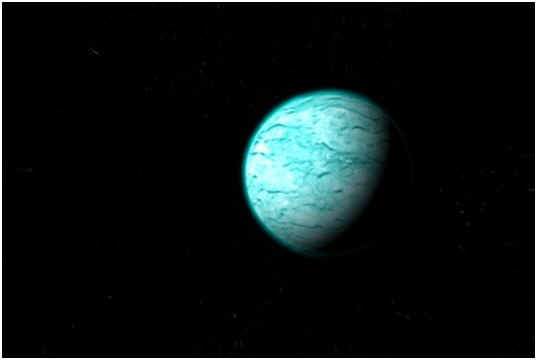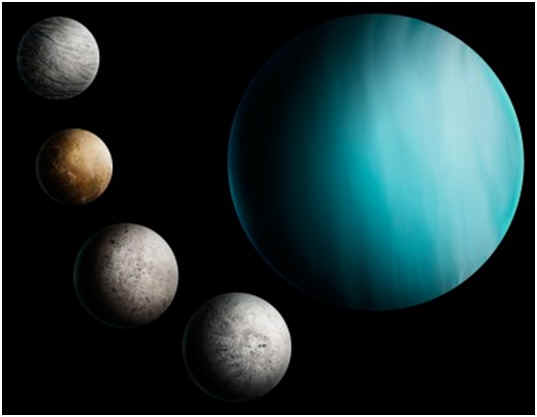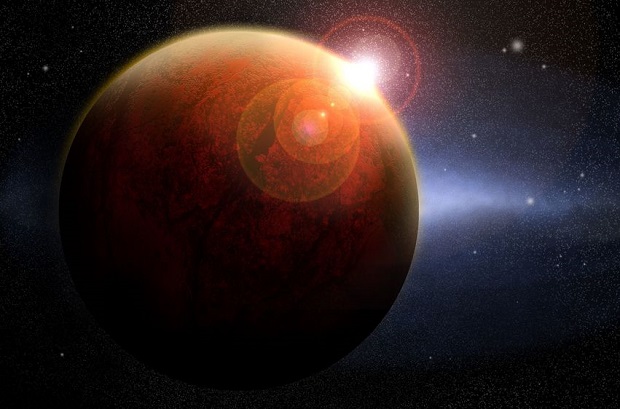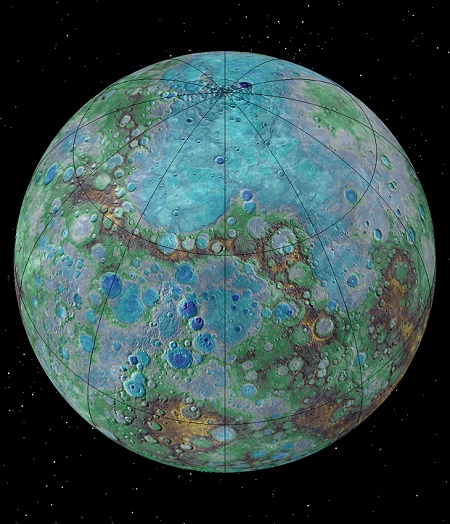
Answer at a Glance: According to NASA, Mercury does not have rings. Astronomers surmise that the most likely reason for this is its size and proximity to the sun. [1]
Dig Deeper:
- What Are Planetary Rings?
- Mercury’s Size Hinders Ring Formation
- Mercury’s Proximity to the Sun Hinders Ring Formation
- Mercury Has No Moon
- Resources
What Are Planetary Rings?
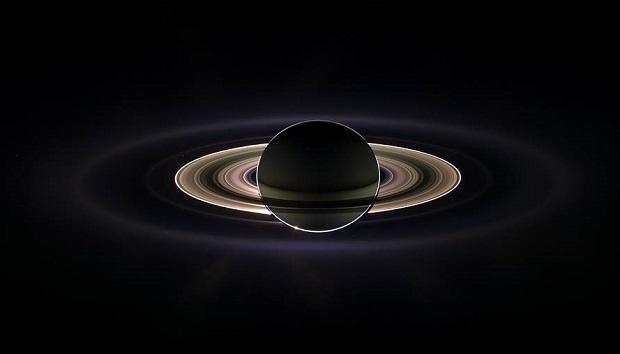
Britannica defines a planetary ring as a “disklike aggregation of particles and larger objects that orbit a planet’s equator.” [2] The giant planets Uranus, Neptune, Saturn, and Jupiter all have planetary rings. Each planet’s rings are unique in composition, comprised of rocks, dust, ice, and countless other particles. [3] These particles orbit the planet affected by its gravitational attraction. [4]
Mercury’s Size Hinders Ring Formation
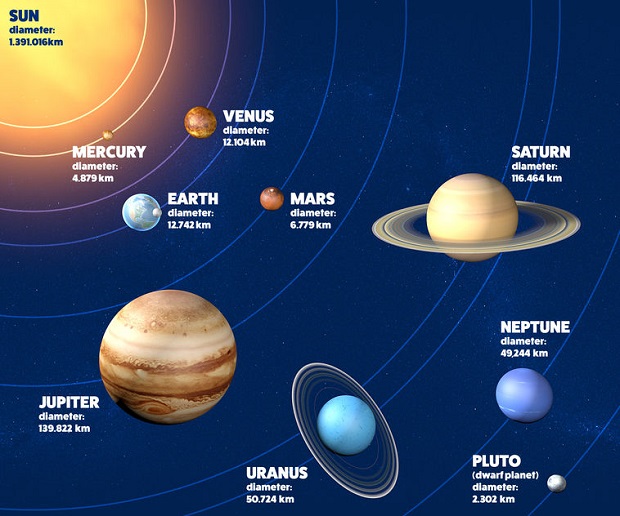
Just slightly larger than Earth’s moon, Mercury is the solar system’s smallest planet. According to astronomers, Mercury is too small to pull in and contain debris in its gravitation pull. [5]
Mercury’s Proximity to the Sun Hinders Ring Formation
Mercury is also the planet closest to the sun, making it extremely sensitive to the sun’s dynamics and gravitational pull. [6] The interplay of phenomena like solar light, solar winds, and strong magnetic fields creates an unlikely circumstance for the planet to trap any debris and could play a role in Mercury’s ringless state. [7]
Mercury Has No Moon
Could the fact that Mercury has no moons play a part in its absence of rings? This intriguing question arises from the observation that all four giant planets with rings have moons. Astronomers theorize that the gravity generated by these ‘shepherd moons’ deflects ring particles and helps to keep them contained. [8] This absence of ‘shepherd moons’ could be a factor in Mercury’s absence of rings.
Resources
- [1] NASA – “Mercury 10 Things.“
- [2] Britannica.com – “Planetary ring.“
- [3] University of Colorado – Laboratory for Atmospheric and Space Physics – “Planetary Rings.“
- [4] Esposito, L. “16-Dusty Rings.” Planetary Rings A Post-Equinox View, Cambridge University Press, 2014, p. 187.
- [5][7] AGU – Eos – “Mercury Isn’t Alone in Orbit, and Scientists Don’t Know Why.“
- [6] NASA – “Team Studies Middle-Aged Sun by Tracking Motion of Mercury.“
- [8] Goldreich, Peter; Tremaine, Scott (1979). “Towards a theory for the Uranian rings” (PDF). Nature. 277 (5692): 97–99
